Overnight, internet algorithms rearranged itself in favor of Peskett, amplifying the reach of her labors. Her work was garnering traction, but because everything happened pretty quickly, the months seemed to blur together. The only thing keeping her tethered to our world is seeing it for herself. Disbelief still colors her face but so does gratification. Her work has appeared on the front covers of Numéro and Notion in the last six months, with a couple more in the works.


Peskett refers to herself professionally as a photographer, but if we were to abide by her own definition, an image-maker is a better fit, she said. Mostly because her art is heavily reliant on post-production, allowing her to hammer out images as she sees fit. Although she studied photography in college, Peskett later pursued a course in Fashion Styling and Production at the London College of Fashion because she found the photography scene oversaturated and was roadblocked by doubts of not making it. It wasn’t until she interned for a magazine that she discovered photography was her true calling.
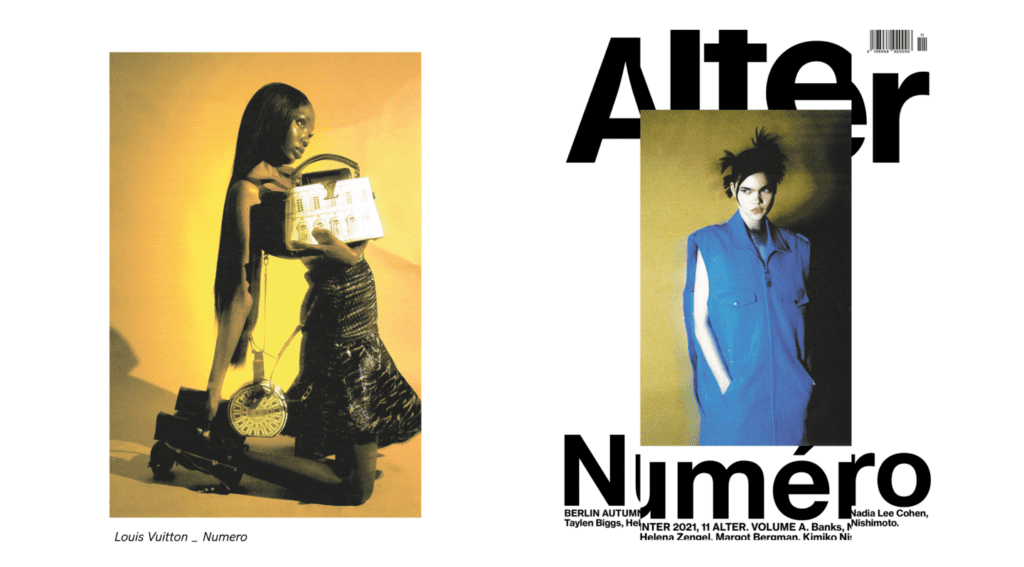
She knew she wanted to work in fashion or the media from an early age. She was drawn, more than anything else, to the visual component. “Looking at fashion magazines and watching films like The Devil Wears Prada and I was, like, I would love to work for a fashion magazine. It’s such a cool job,” she exclaims. “I didn’t think I would actually be a photographer. I just didn’t really believe in myself because it was hard to get your name out there.”
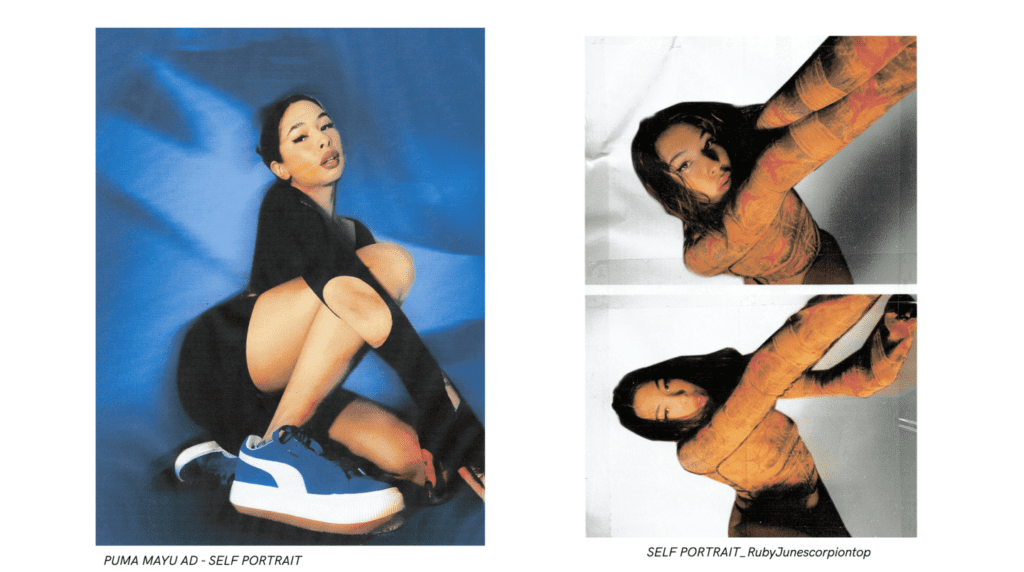
Her time in London studying and pursuing photography introduced her to a wave of new modern photographers – particularly Hugo Comte, Aidan Zamiri, and Jack Brigland – whose works she admires, and because of the nature of her vocation has even met them. She has not studied any photographers in detail since college and draws most of her inspiration from new publications on the rise, films, and mood boards she meticulously creates; though Petra Collins’ The Teenage Gaze series, conversely, has influenced her work considerably. Women photographers in general, she says, have driven her to inject femininity into her work. This is unsurprising, considering that male equivalents in any industry almost always have absolute control, whether or not by intent, but the world was designed to benefit all-male species.
As a person of color and a woman, Peskett believes it is important to demonstrate that these labels should not hold them back any longer, but rather propel them ahead in the creation of a new world in which all of its residents have equal opportunity. “I do like to show that I’m a female photographer. And I try to make that clear through my photography,” she says. “You can usually tell just by the way it’s photographed, not even if they’re trying to be sexual about it if a man has taken it.”

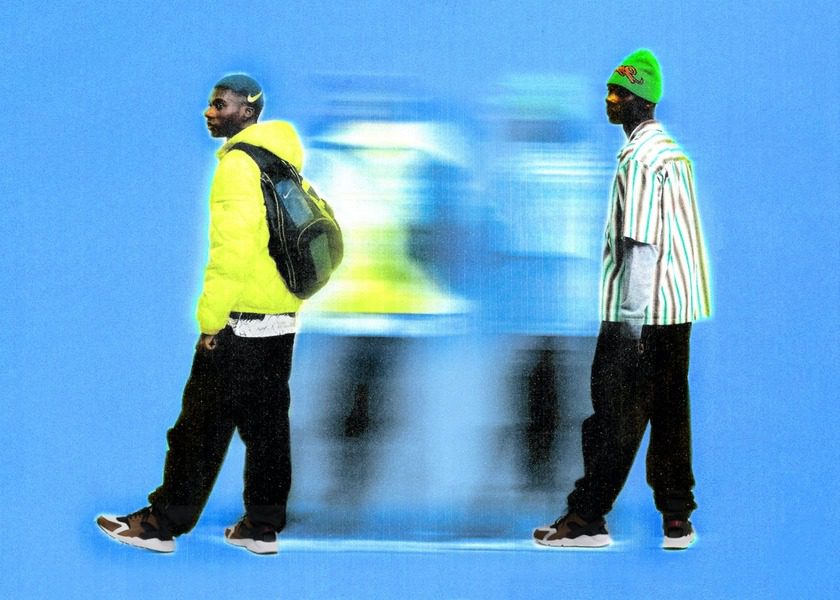
While we’re on the subject, she goes to grab a book she’s been reading. It’s a compilation of Nobuyoshi Araki’s art, which she describes as “heavy on eroticism and bondage.” “It’s very sexual photos of women in bondage and stuff. I love the photos, but obviously, you can tell it’s by a man, and his fantasies and ideas of women,” she explains. “I like the work but it’s different when you’re a woman because you don’t look at women the same way a man does. Because I like photographing women the way I’d want to be photographed or portrayed. I want to show their best angles and make them feel comfortable.”
“I was at a shoot the other day when someone said to me, ‘If Y2K was a photographer, you’d be it.’ But I had no idea people thought of me that way,” she laughs. At first sight, it’s impossible to deny the Y2K presence in Peskett’s body of work as it is glaringly palpable. This, however, is merely coincidental because it is a widespread trend with which her work has become associated to. She acknowledges that the phenomenon skyrocketed her reach onto the laps of the masses, but wants to emphasize that it was not a premeditated move. Crediting her work to a cocktail of 90s fashion magazines, music lyrics, Japanese photographer Erika Kamano, and, above all, Wong Kar Wai films, it’s easy to misread and reduce her artistry to a trend. “I didn’t mean for it to be labeled as such. But I’m definitely going to keep exploring and be more genuine to what I’m actually interested in,” she says. “I’m just going to keep creating and see where it goes. I don’t think about it too much, to be honest. Because the more shoots I do, the more I’m starting to develop a style. We’ll see where it takes me.”
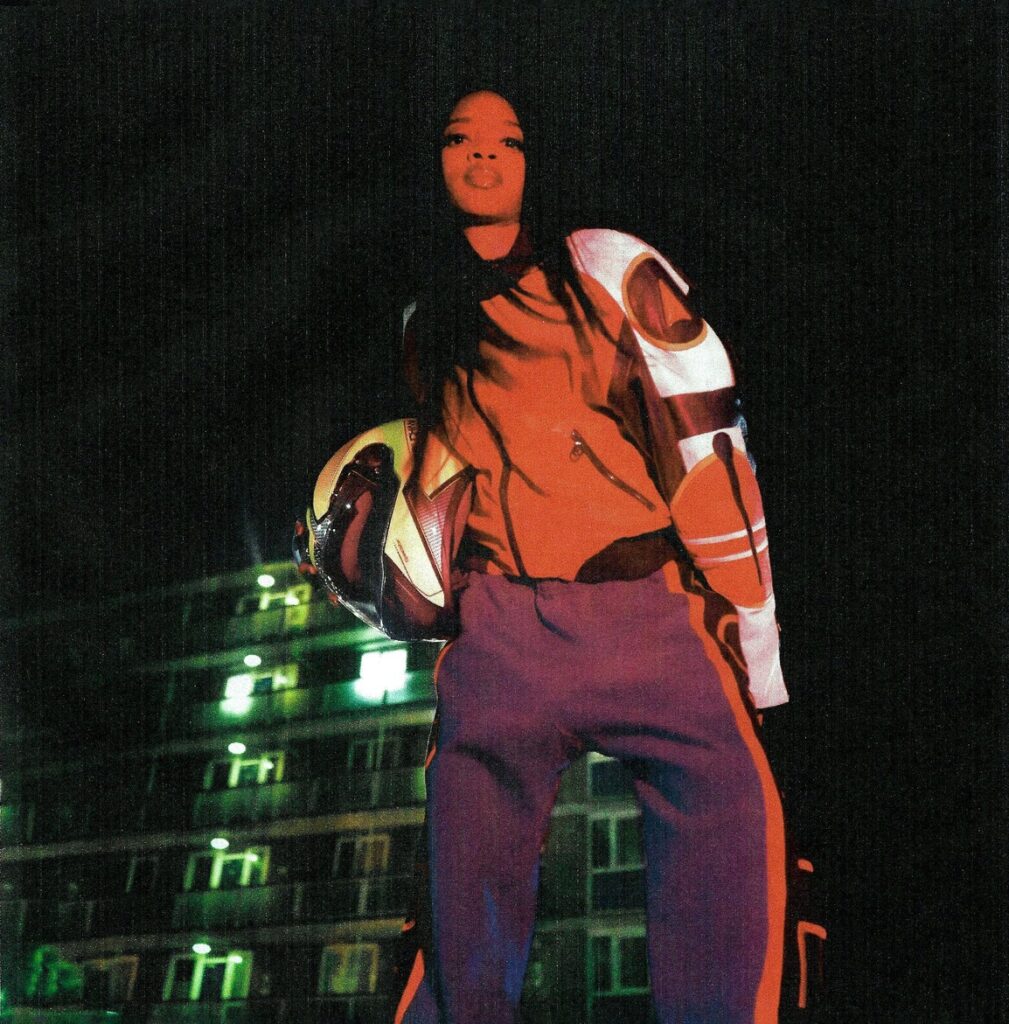
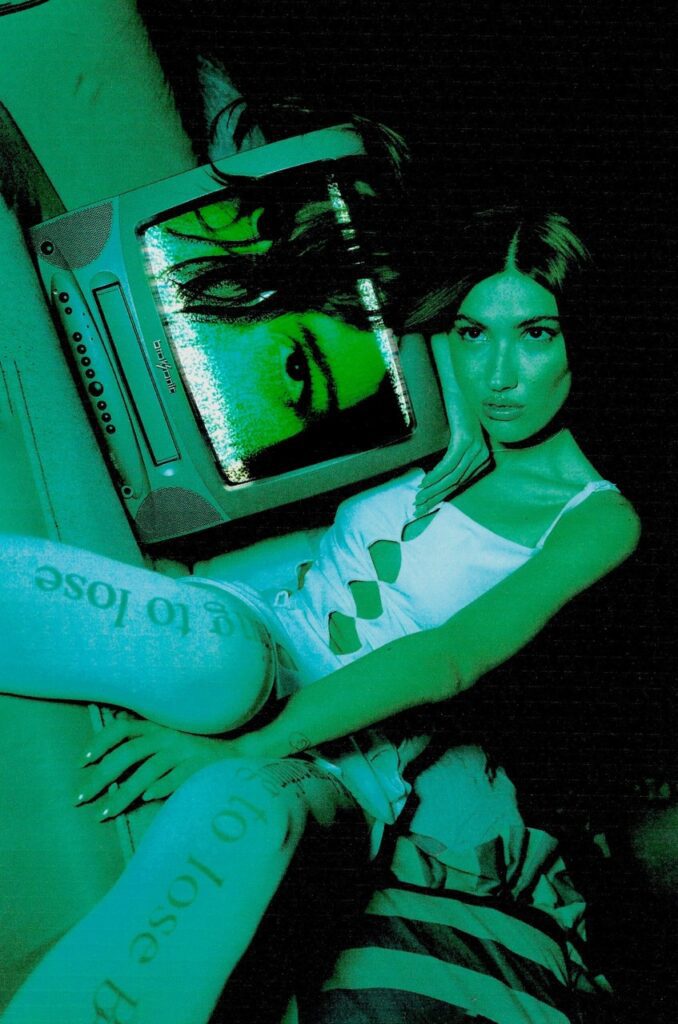
Blending the worlds of film and fashion, Peskett attempts to make an image seem radically different than it did when it was initially shot. She wants her images to hold a certain allure, for them to look cinematic but not too polished or clean either. The distortion that chaperones her photos allows it to be timeless, as though not belonging in the past or future. This moodiness, this brooding presence, and somber air is attributable to her dabbling with colors and lighting in post-production, and are also a result of experimenting extensively in her pursuit of a niche. She attests that, occasionally, she prefers a more bright, colorful approach to her usual icy and faded appearance. At the time, I was interested in her star sign since I had one off the top of my head, and her answer matched mine: Gemini. “It’s, like, complete opposites. That’s why I find it really hard, I guess, to find my photography style,” she says when I deduced that her astrological sign, to a slight extent, corresponds to the way she works. “That makes so much sense!”
To her, an image does not have to have a meaning. If she thinks anything visually attractive, she then only needs to steer her wheels to achieve that aesthetic. In spite of the fact that photography commonly demands context, be it from an interpretation by the public or by the photographer themselves, she finds it tedious to attach any meaning. An image, in her books, is to satiate the need in those eyes that don’t even realize they’re ravenous until on their faces the pair of white lakes with a hole in each one in the center is colored in. Similarly, she doesn’t really plan her shots. She lets things happen as it happens. “My work often comes naturally to me when I’m editing it in post-production,” Peskett explains. “I like to shoot something simple on a wall and then, I’ll cut them [pictures] out and edit it into something new. I don’t really fancy lighting or studios. I can do everything DIY and that’s why my work looks so lo-fi because it’s not necessarily shot in crazy lighting or studio or a good camera.”
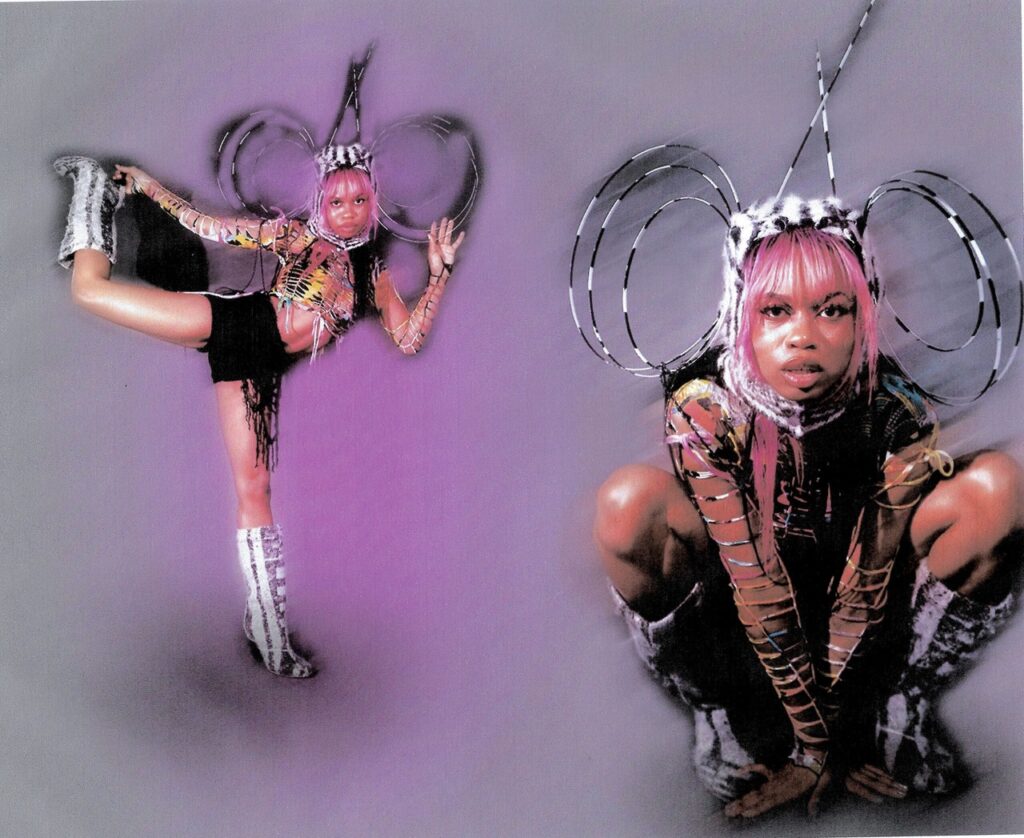
Using herself as a muse, Peskett does not shy away from being in front of the lens. Indeed, browsing through her Instagram will reveal a slew of self-portraits. She has shot dim and composite portrayals of herself as brilliant as when she’s behind the camera from the comfort of her four walls and a computer. It afforded her the opportunity to experiment with ideas and with it comes the perspective to refine her craft. On becoming the subject, Peskett reveals that it has helped watered her confidence. Throughout her early life, she didn’t feel like she fit in, was cool, or as pretty because the standards were and still are very Eurocentric, and being acclimatized in a predominantly Western society didn’t help. The gulf between her heritage – she is of mixed ancestry, with Asian roots on one side and White on the other – seems to be closing in now that she’s older.
She’s always been drawn to East photographers, given her background, but a recent trip to her motherland, Thailand, cemented her passion. “It’s definitely weird being a mixed person because I felt like I was too white in Thailand and now that I’m back, I feel very Asian,” she admits. “I’ve forgotten all my Thai and I’ve been wanting to learn it again, and to explore art and photography in Asia more.”
Having only shot professionally for the first time in March of last year, Peskett’s career has surely grown organically and gained significance in just under a few months. But besides her busy schedule, she occasionally shoots for free to grant visibility to her name. Even after doing everything she’s done, Peskett still manages to juggle work on the side at a restaurant to pay her bills. In terms of near-sighted aspirations, she intends to relocate permanently to either London or a seaside town, where she will continue to mature and master her craft. “I still think it’s crazy, like, a year and a half ago we were in lockdown and I had like 1,000 to 2,000 followers. I posted a few shots of myself and a couple of photos, and now a year on I’m, like, doing all these campaigns and editorials for magazines. That was literally just from posting my work on Instagram!”

